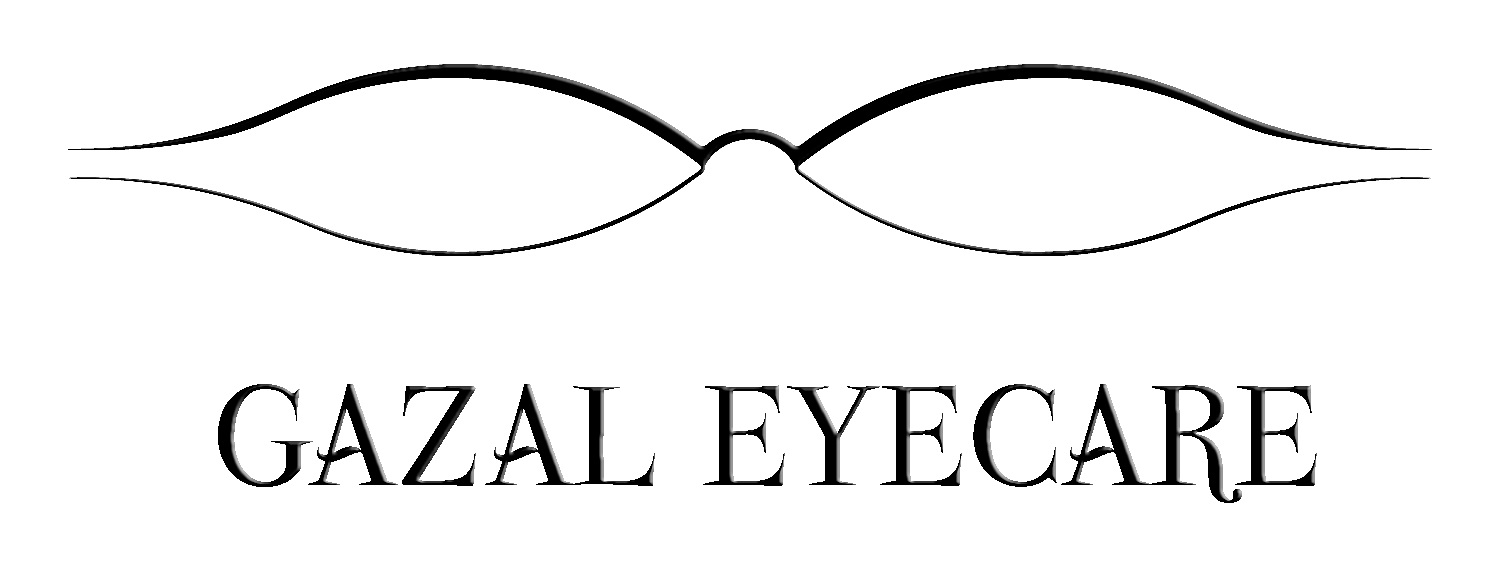Is an Oddly Shaped Cornea Causing your Vision Issues?
Simulation comparing view through normal eye (left) to keratoconic eye (right)
It may sounds like something out of science fiction, but as many as 230 out of 100,000 people born are affected by this obscure condition. Keratoconus is when the typically spherical cornea is weakened in the center, and so it sags into a football like shape.
Keratoconus typically develops during the teenage years and continues to progress throughout a person’s life, making normal vision impossible without significant corrective measures; sometimes even surgery. Anyone can develop keratoconus; those with a family history are more likely to also experience symptoms. Short term, it is inconvenient and difficult to handle; long term it can lead to corneal hydrops and the need for a corneal transplant.
Luckily with the advances of modern medicine, we have developed multiple treatments for this rare disease.
Corneal Cross-linking
You’ve heard of collagen being used in various cosmetic products for erasing wrinkles and skin sagging. Collagen’s elastic properties have also found a place in corneal cross-linking; a technique where collagen is absorbed into the cornea and is then activated with UV light. The compound then props up the cornea and prevent the steady sag into a football shape.
Contact Lenses
Customized contacts are an option many keratoconic patients choose for their vision correction needs. These come in a variety of materials and styles: soft, rigid gas permeable (RGPs), hybrid, and “piggyback”. While they can be expensive, they are considered a good option for people who aren’t ready for some of the more invasive options available for treatment.
Keratoconic soft contacts are similar to the silicone hydrogel lenses most contact wearers use, but customized specifically to a patient's eye. Novakones and Kerasofts are two major brands for these custom lenses that are considered by most to be significantly more comfortable than the other contact options.
If soft lenses will not adequately treat the keratoconus the next option is usually RGPs. These lenses provide excellent optics, and can last for an extended period of time, but they are considered by most to be the hardest to get comfortable in.
In an attempt to get the best treatment for your vision and also the most comfort, there are two other options that mix RGPs and soft lenses. Hybrid contacts are an RGP center lens with a soft hydrogel skirt that surrounds the center to provide greater comfort. “Piggybacking” is when you place a RGP contact lens over the top of a soft contact lens that acts as a cushion between the RGP and cornea.
Intacs
If other methods don’t quite cut it when correcting your keratoconus, another method that might be used is intacs insertion. Intacs are an approved medical device that is inserted below the surface of the cornea to support and reshape it. The procedure is also not very complex or invasive, taking about 10 min to complete and improving keratoconic eye’s acuity by 2 lines of the eye chart on average.
Corneal Transplant
Often seen as the last option for treatment of keratoconus, corneal transplant is a delicate and somewhat complicated process. Supplies of donated corneas are limited, and there is always the potential of rejection by the receiver of any donated tissue. Modern biotechnology has proposed an ingenious, if not unconventional, solution to these issues; 3D printed corneas.
Organs and tissue are the latest and greatest things to be researched for 3D printing technology. Scientists have begun to create prototypes of 3D printed hearts, skin, and even delicate tissue used for vision such as the cornea. 3D printed corneas would be generated via the interlayment of recipient generated cells and a “scaffolding” made of biocompatible materials. Created on demand and drastically less likely to be rejected by the recipient, 3D printed corneas and eye tissue could present cures for everything from keratoconus to cataracts to macular degeneration.
Looking for a place to start treatment? Gazal Eyecare partners with multiple specialists who have years of experience diagnosing, treating, and correcting Keratoconus. Make your appointment today to begin the process toward better and healthier vision!

